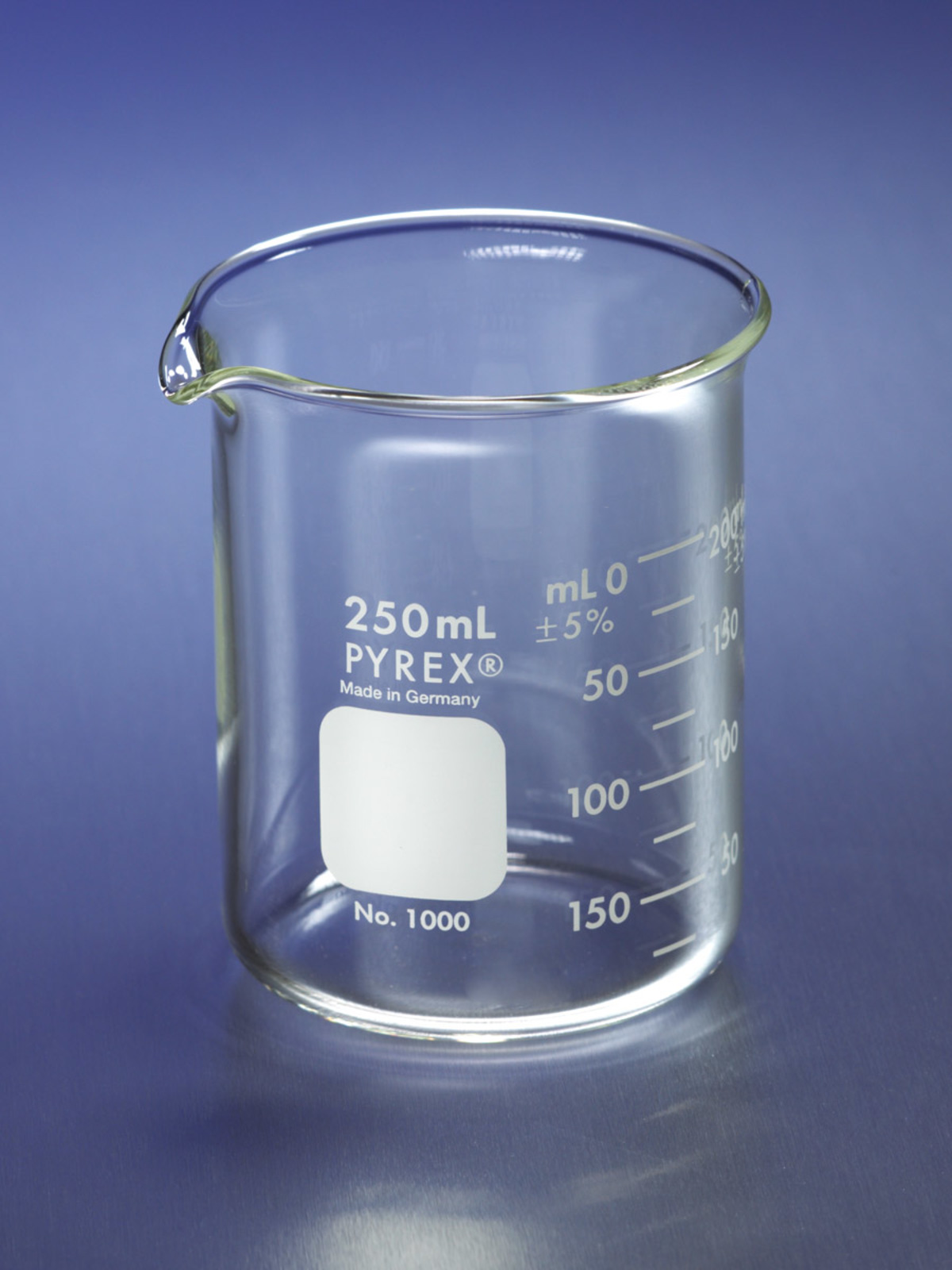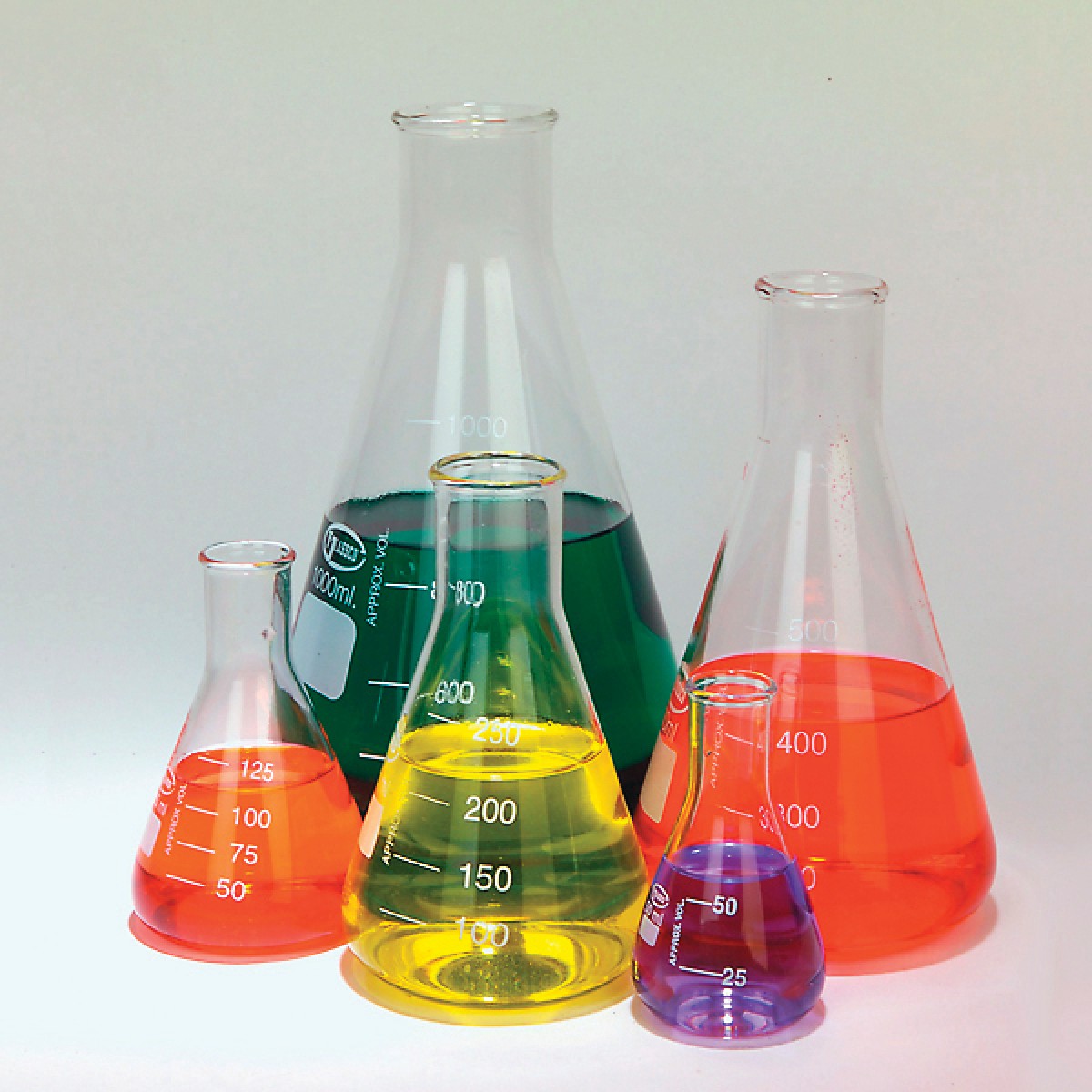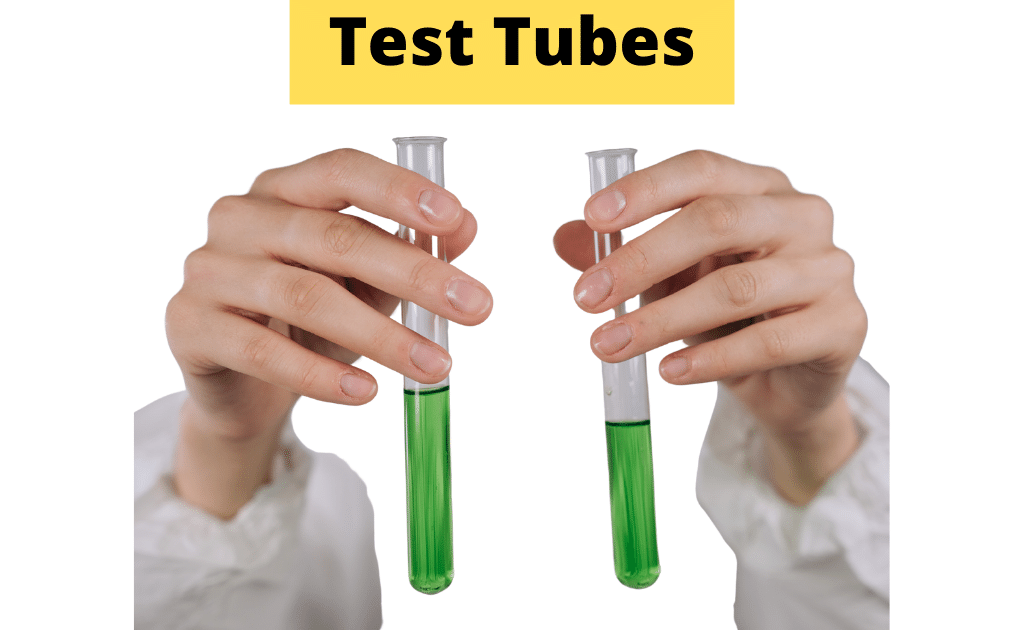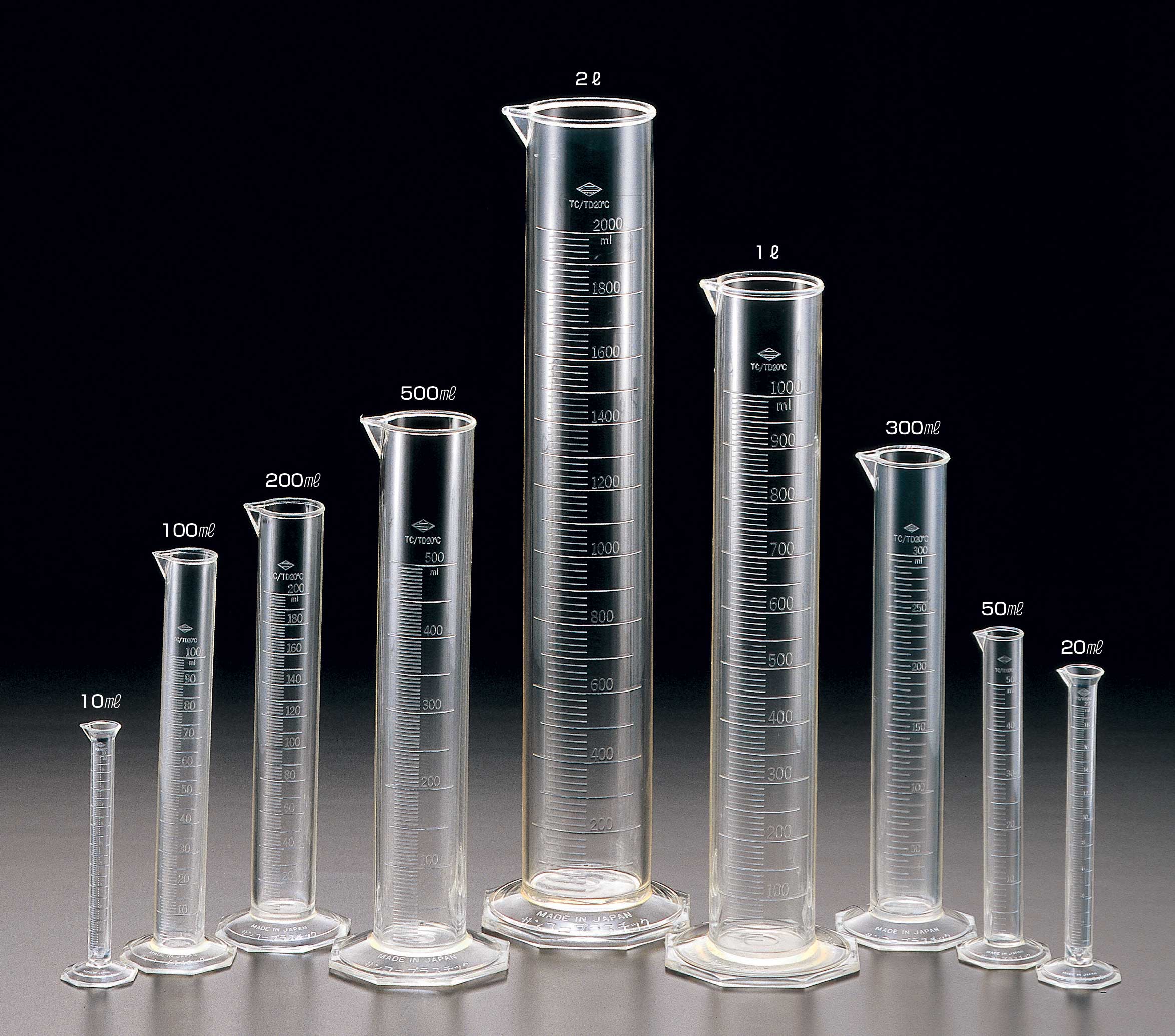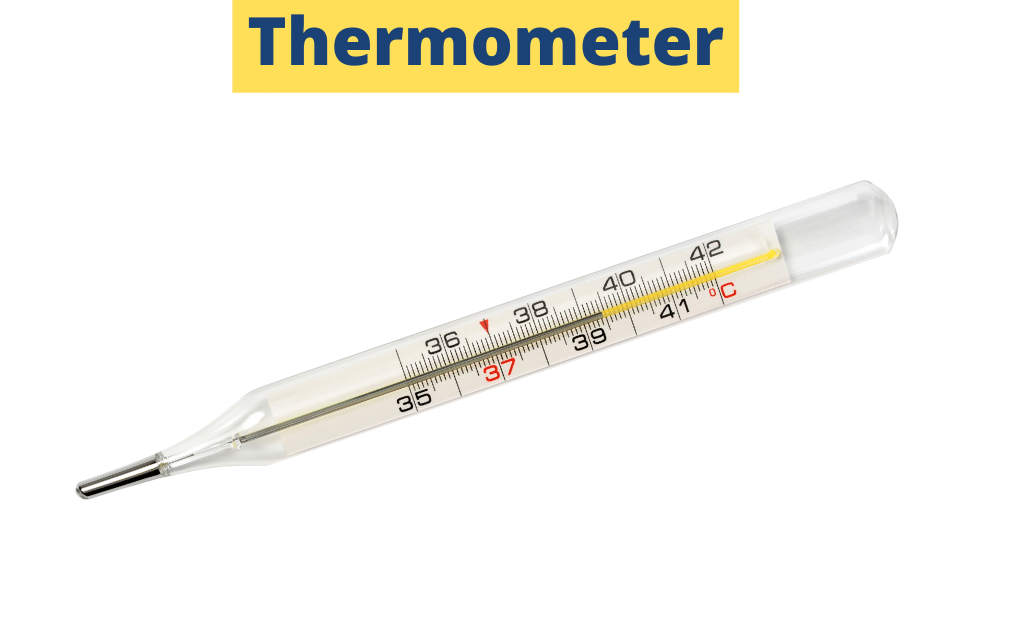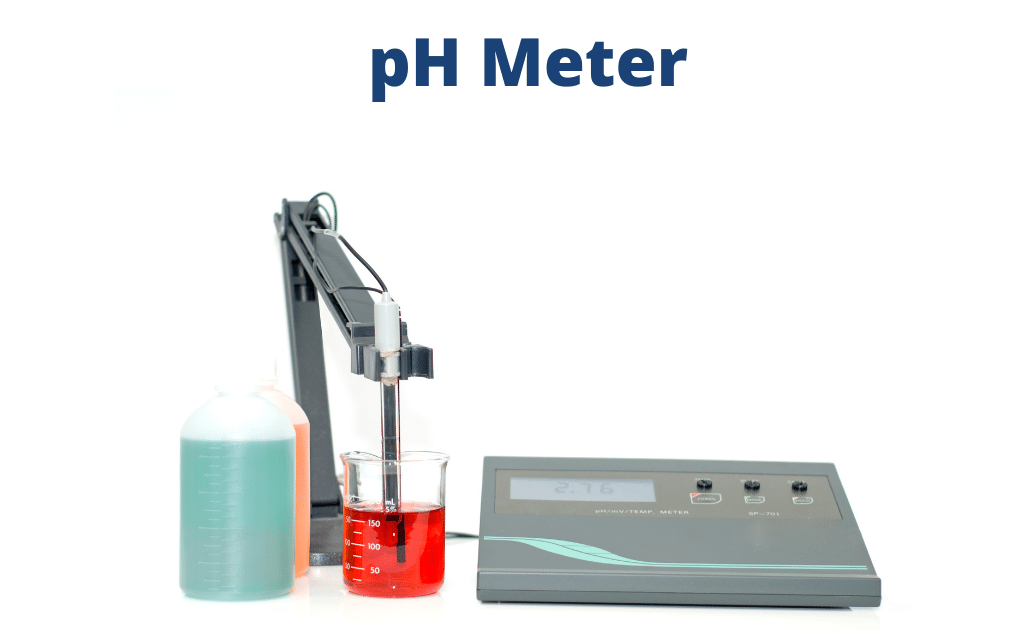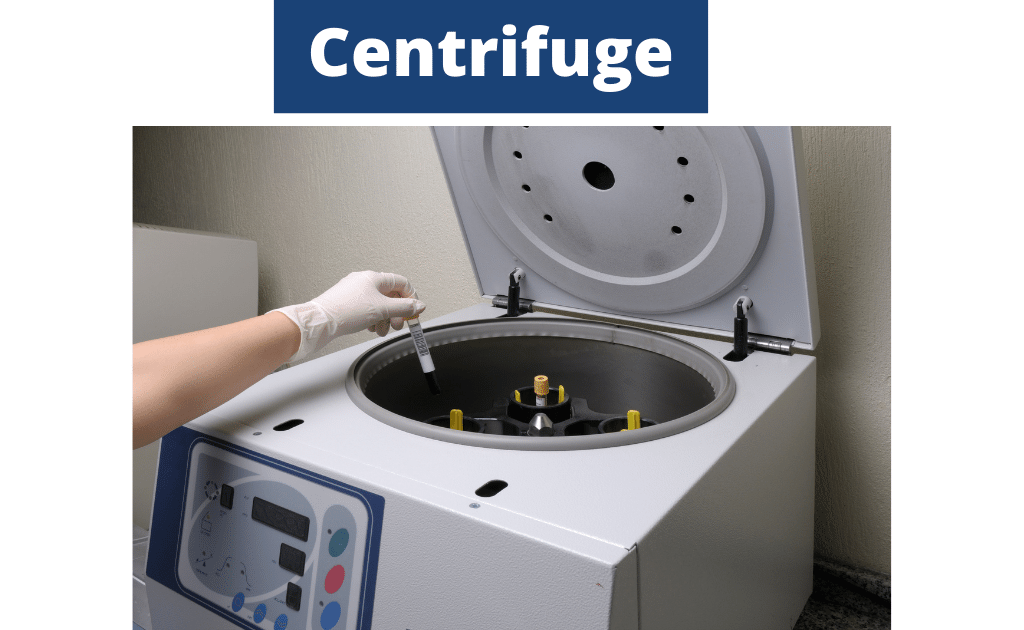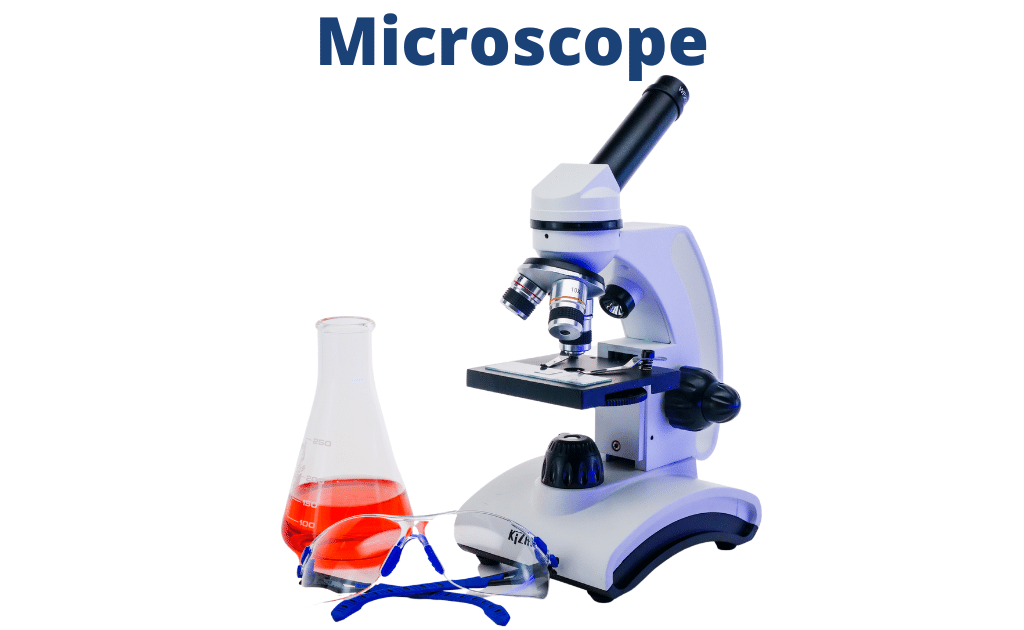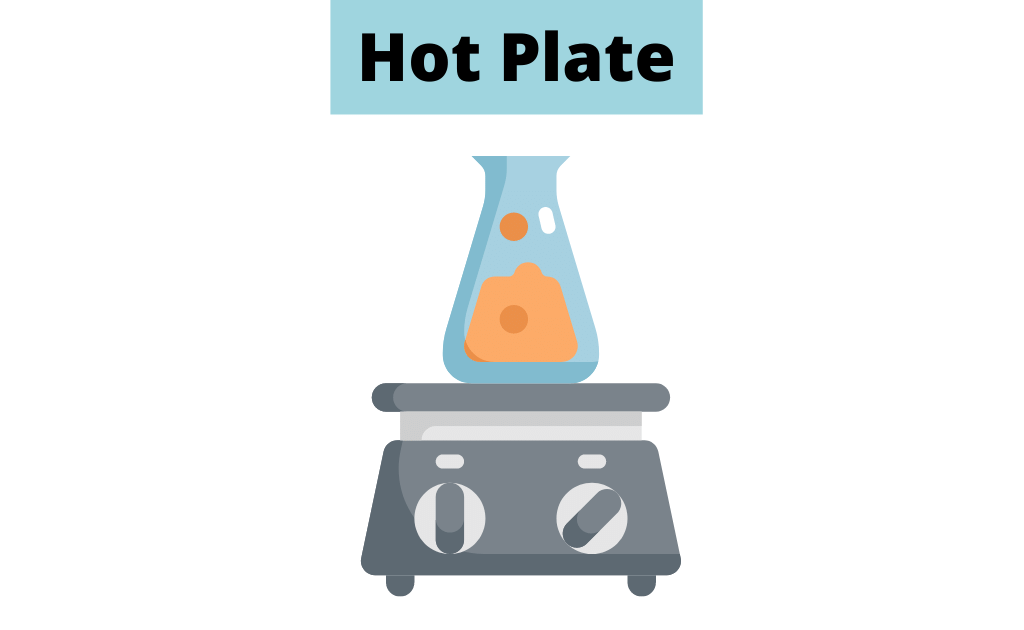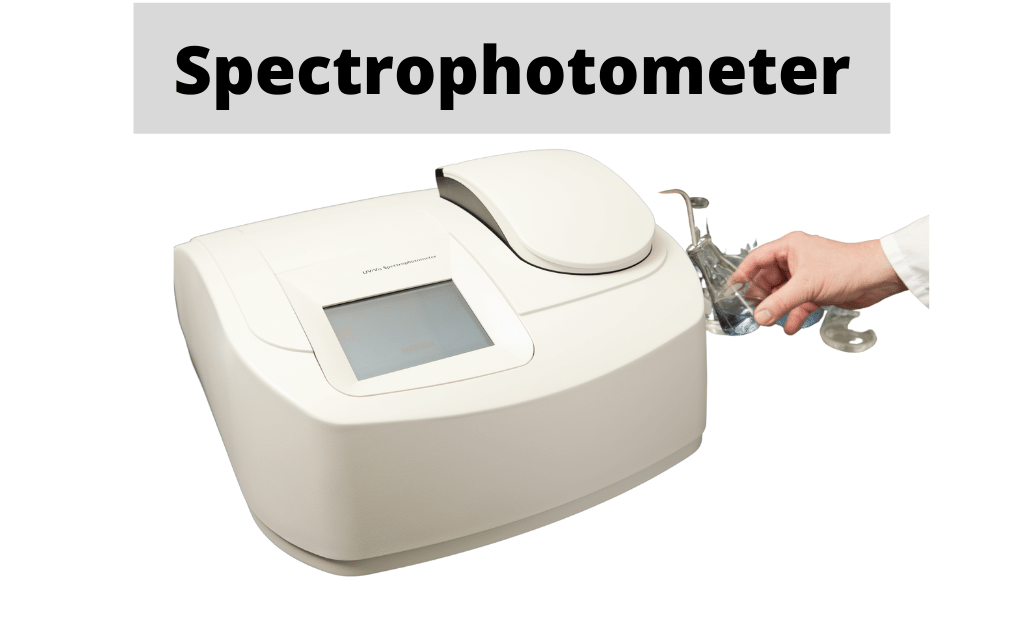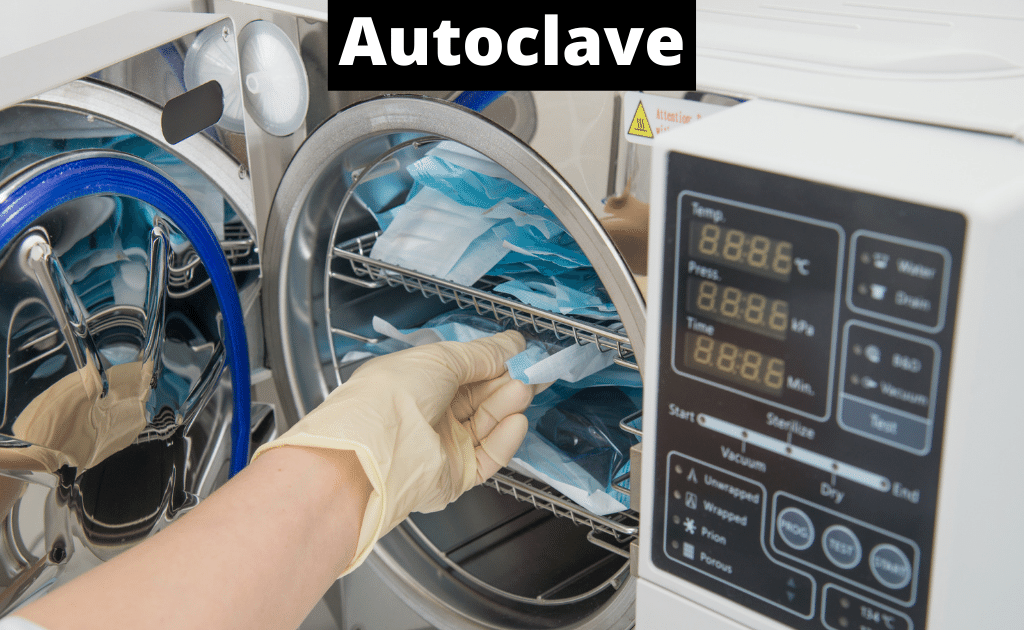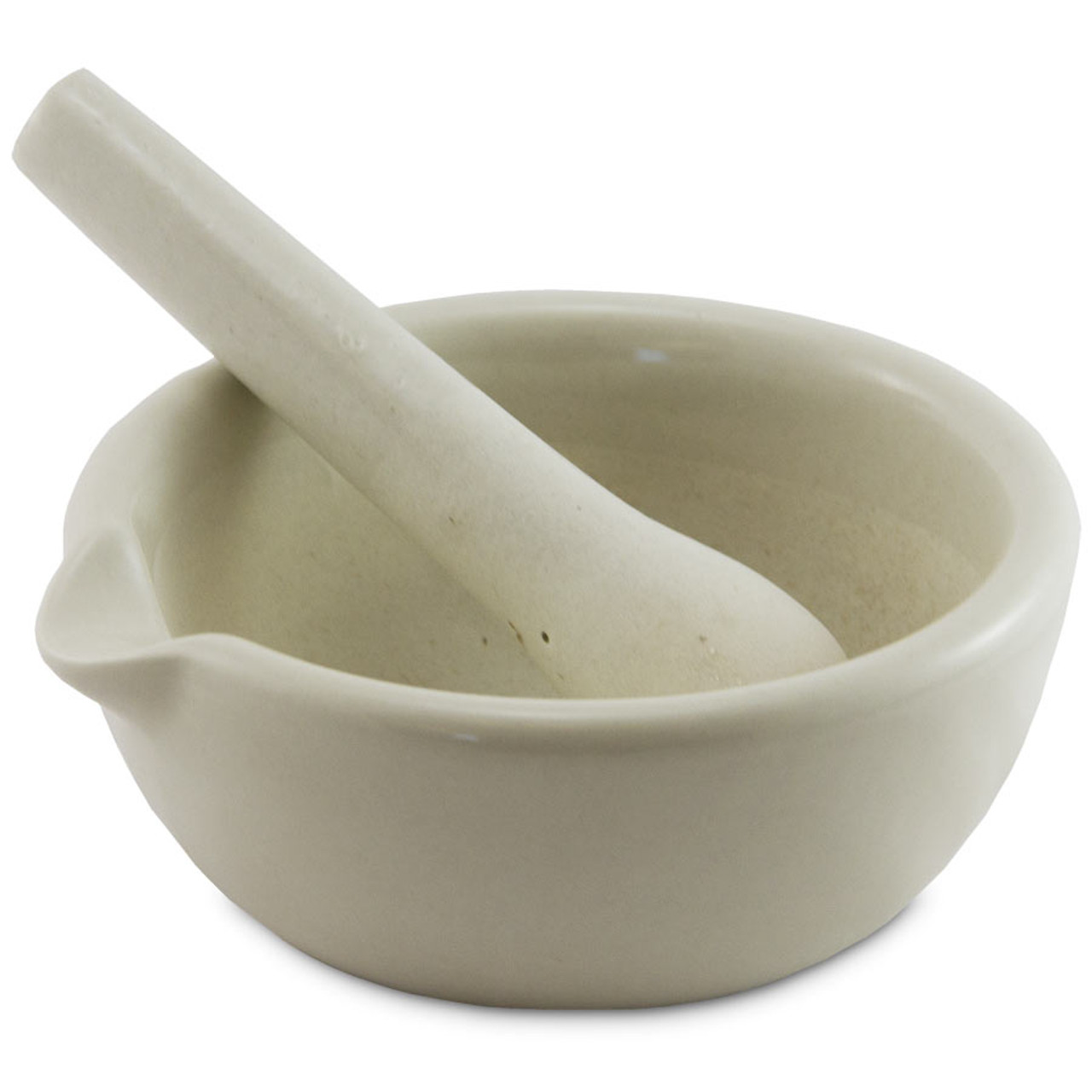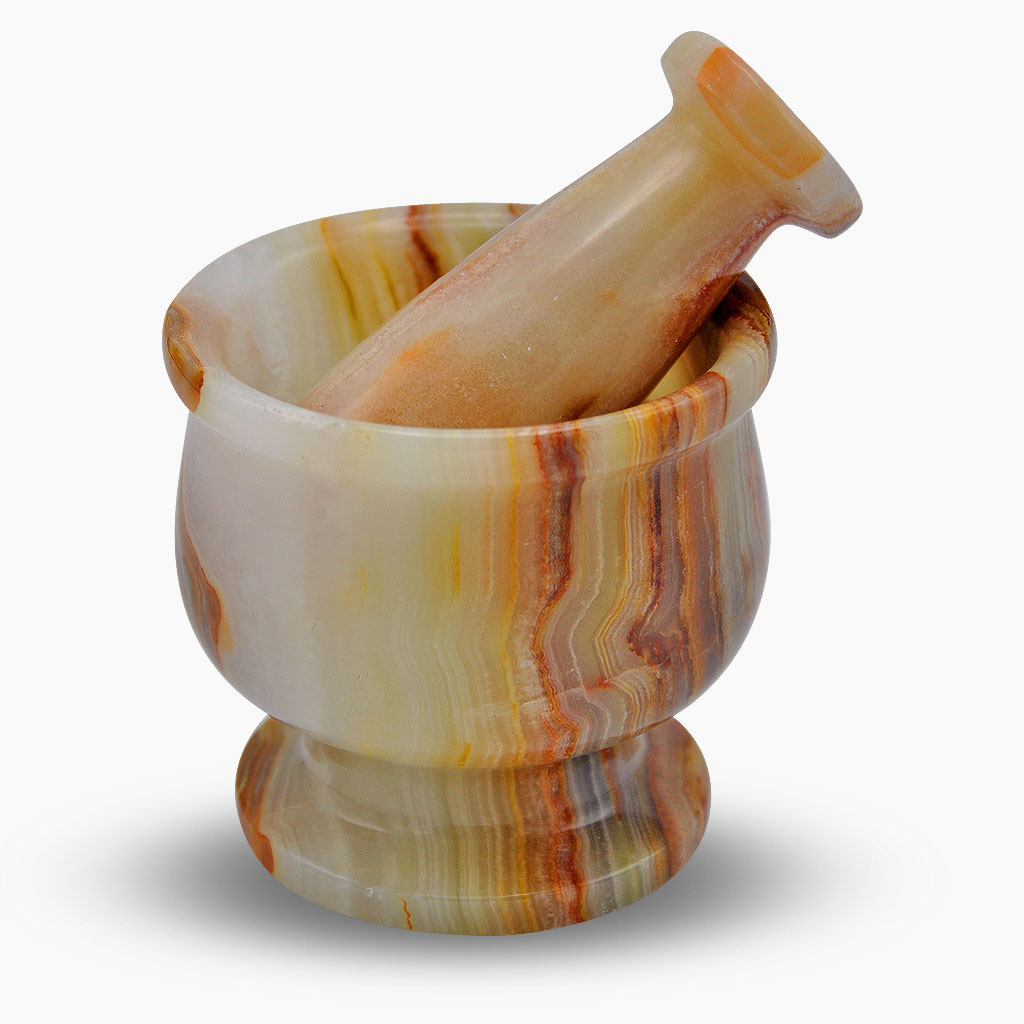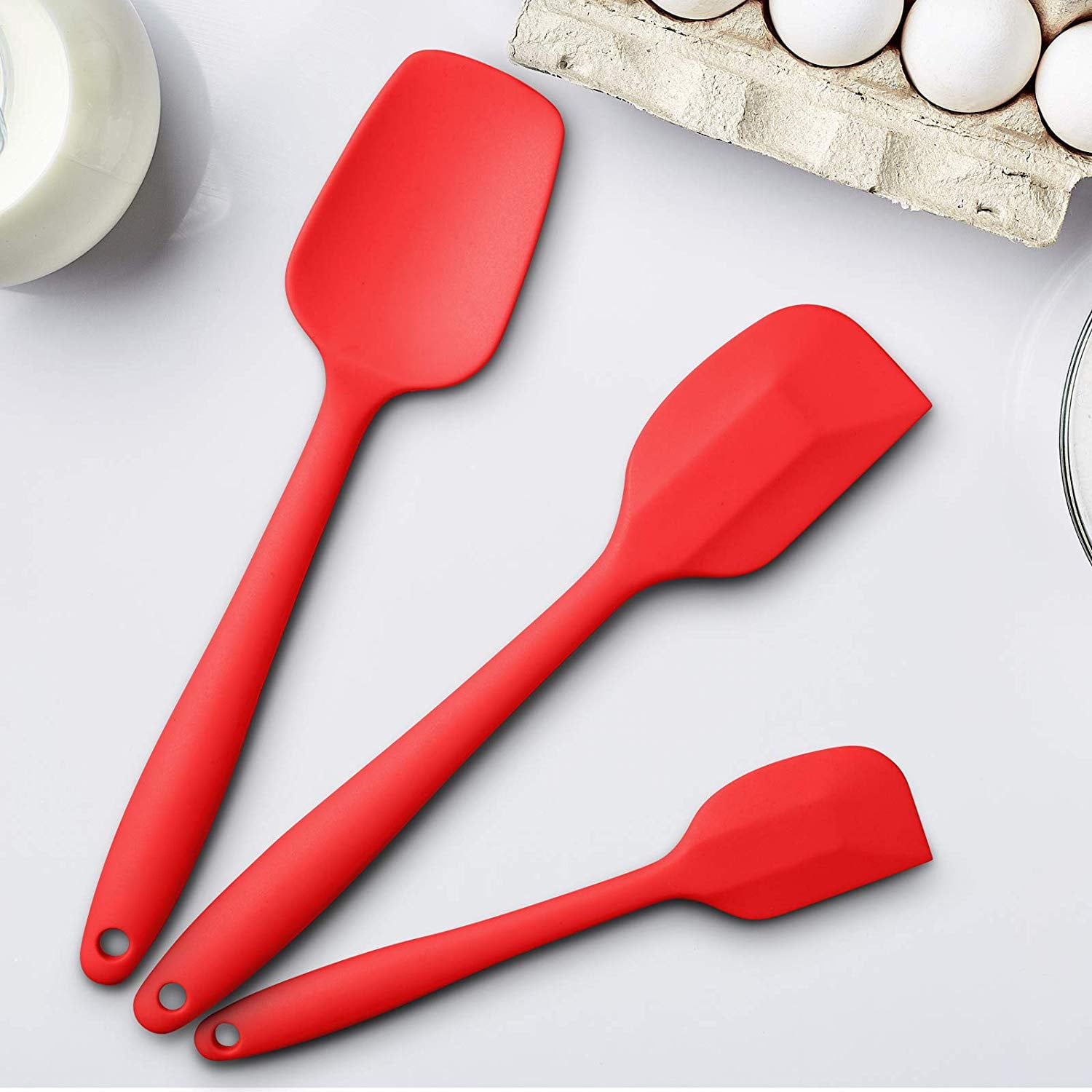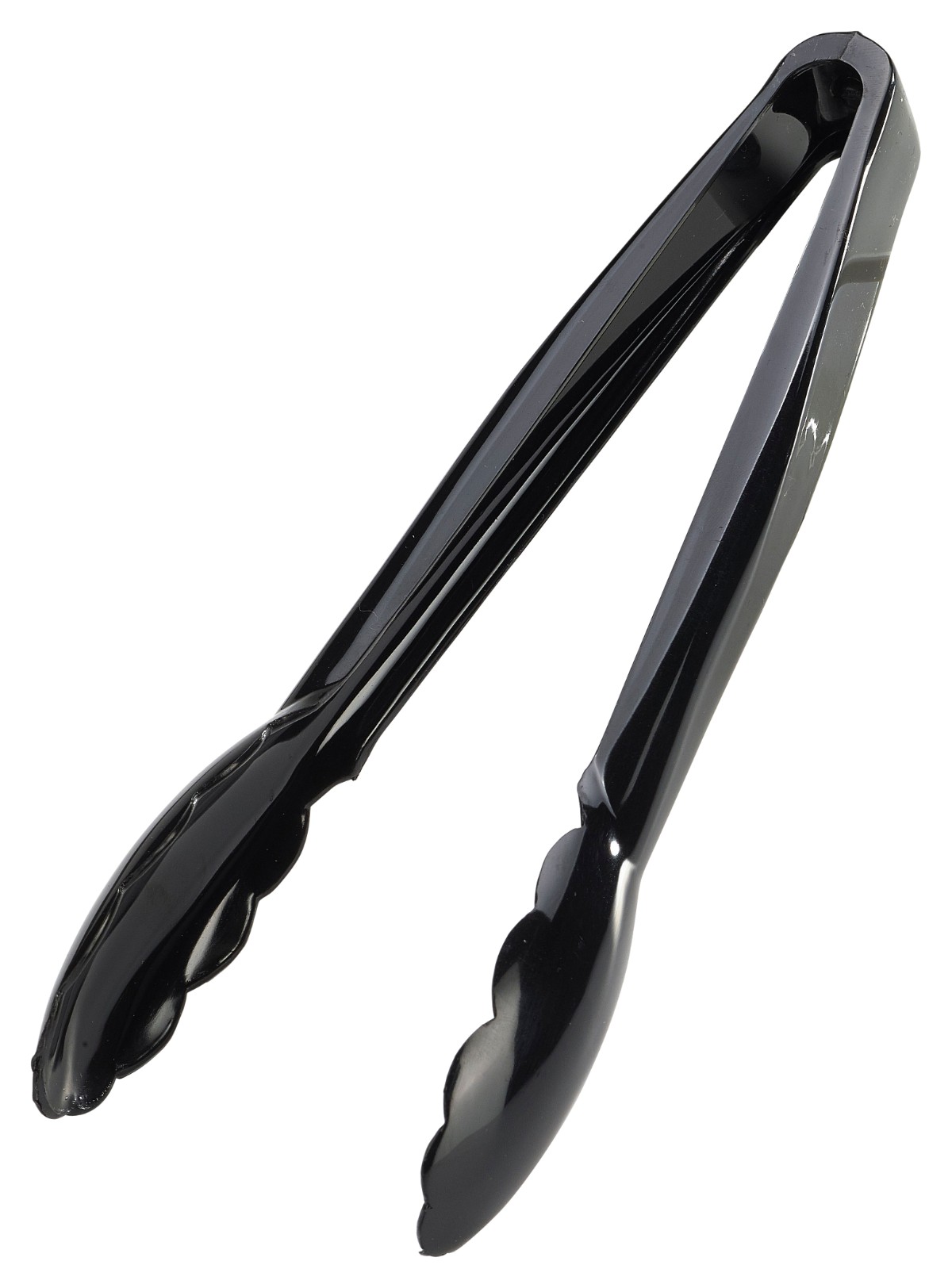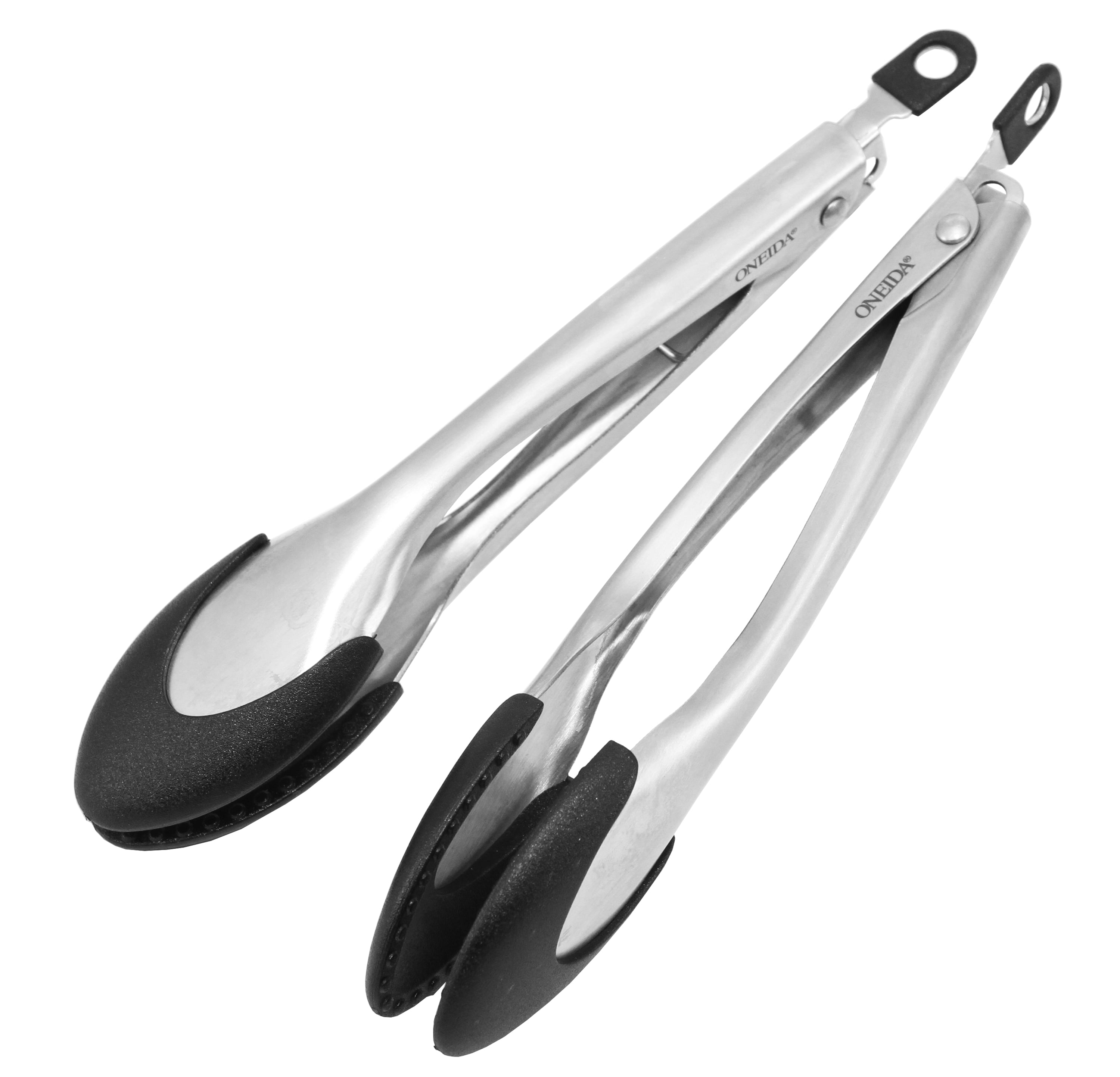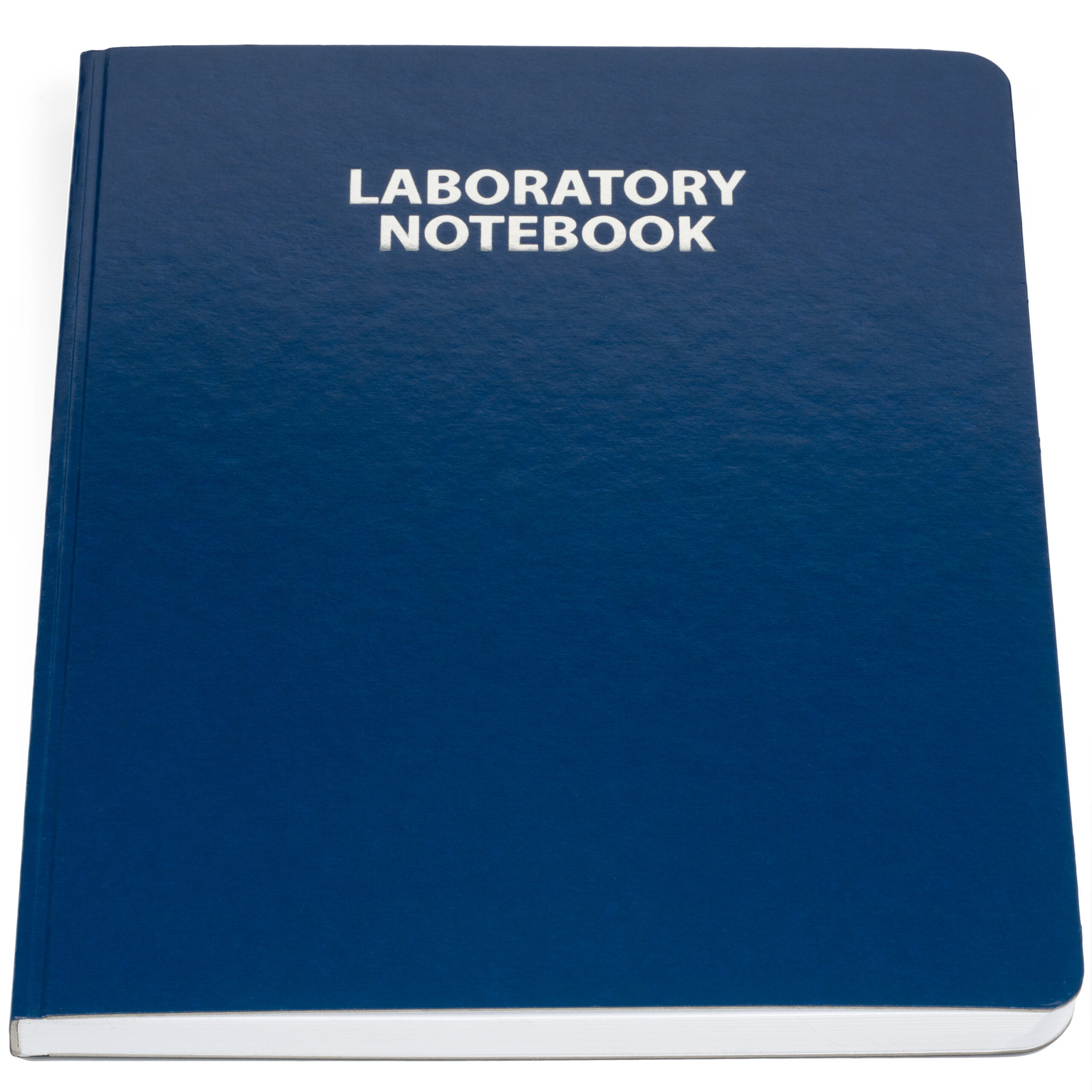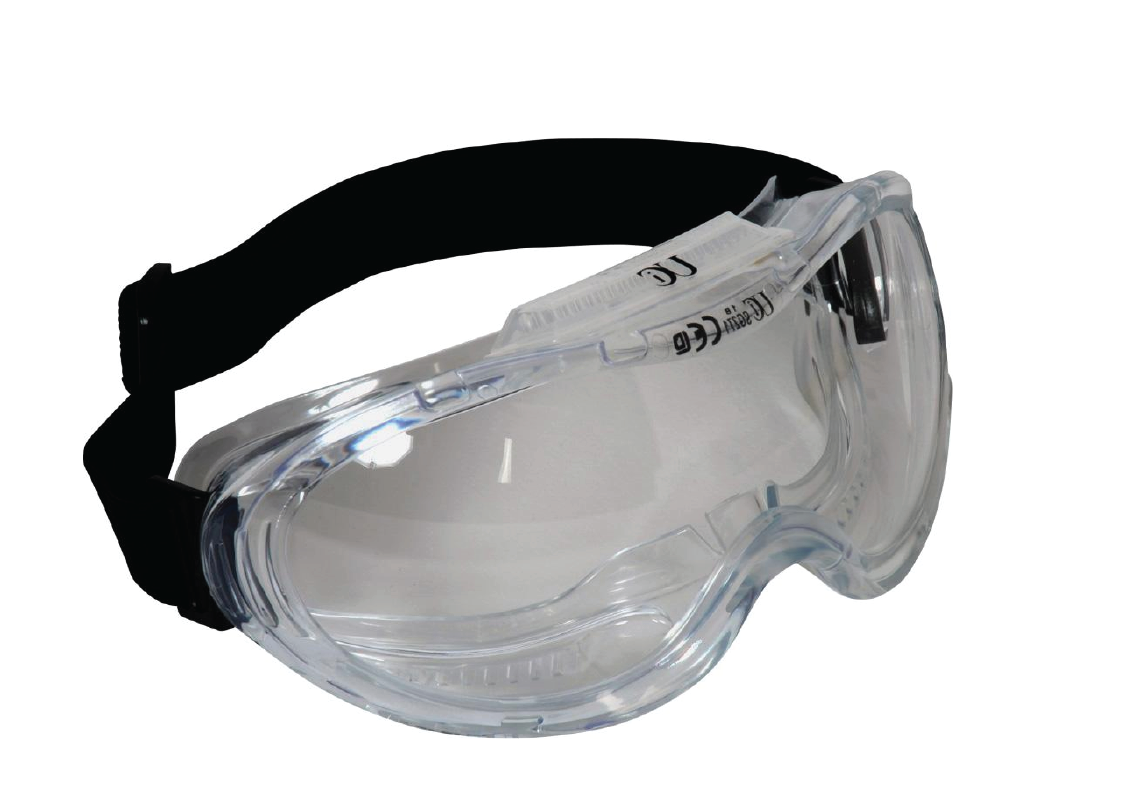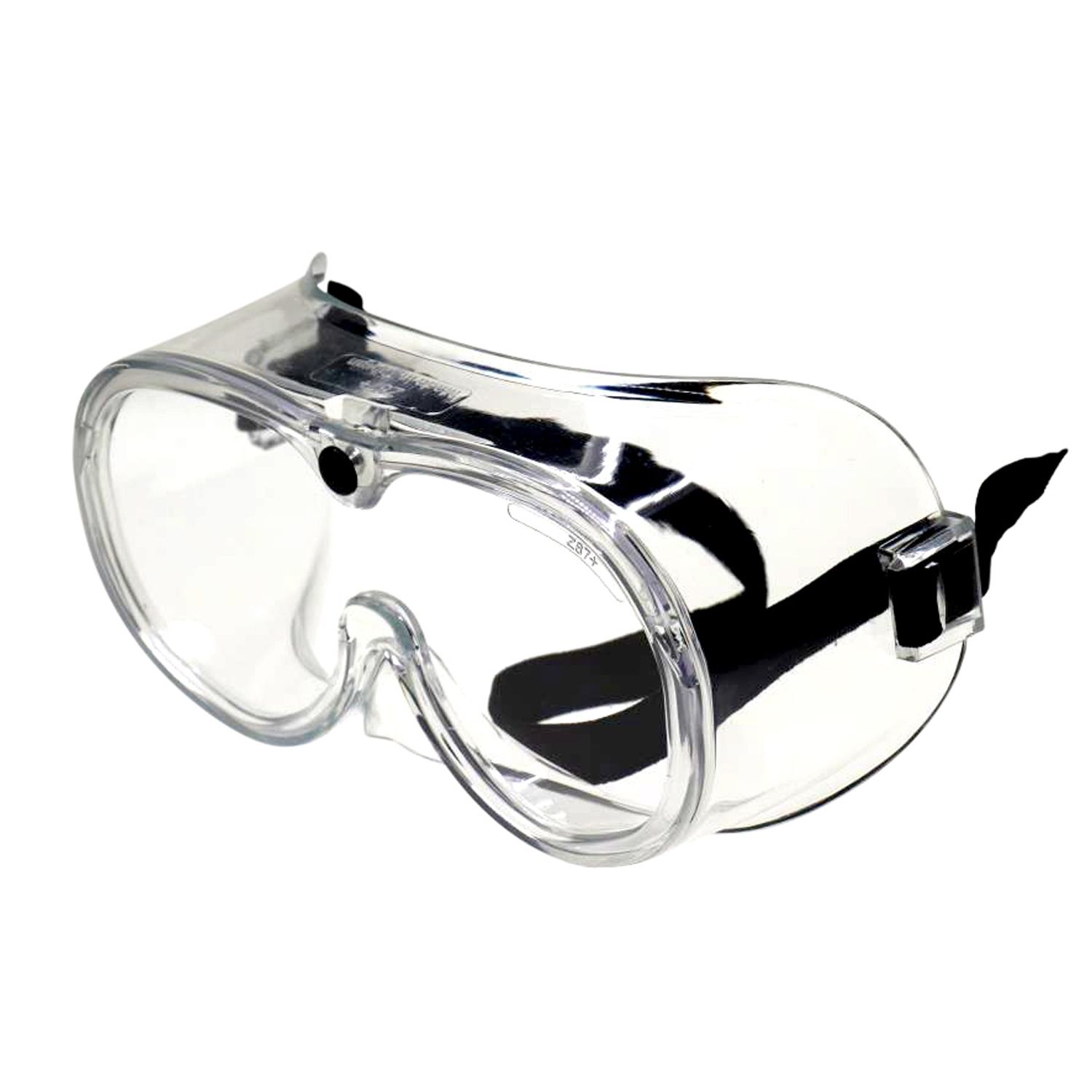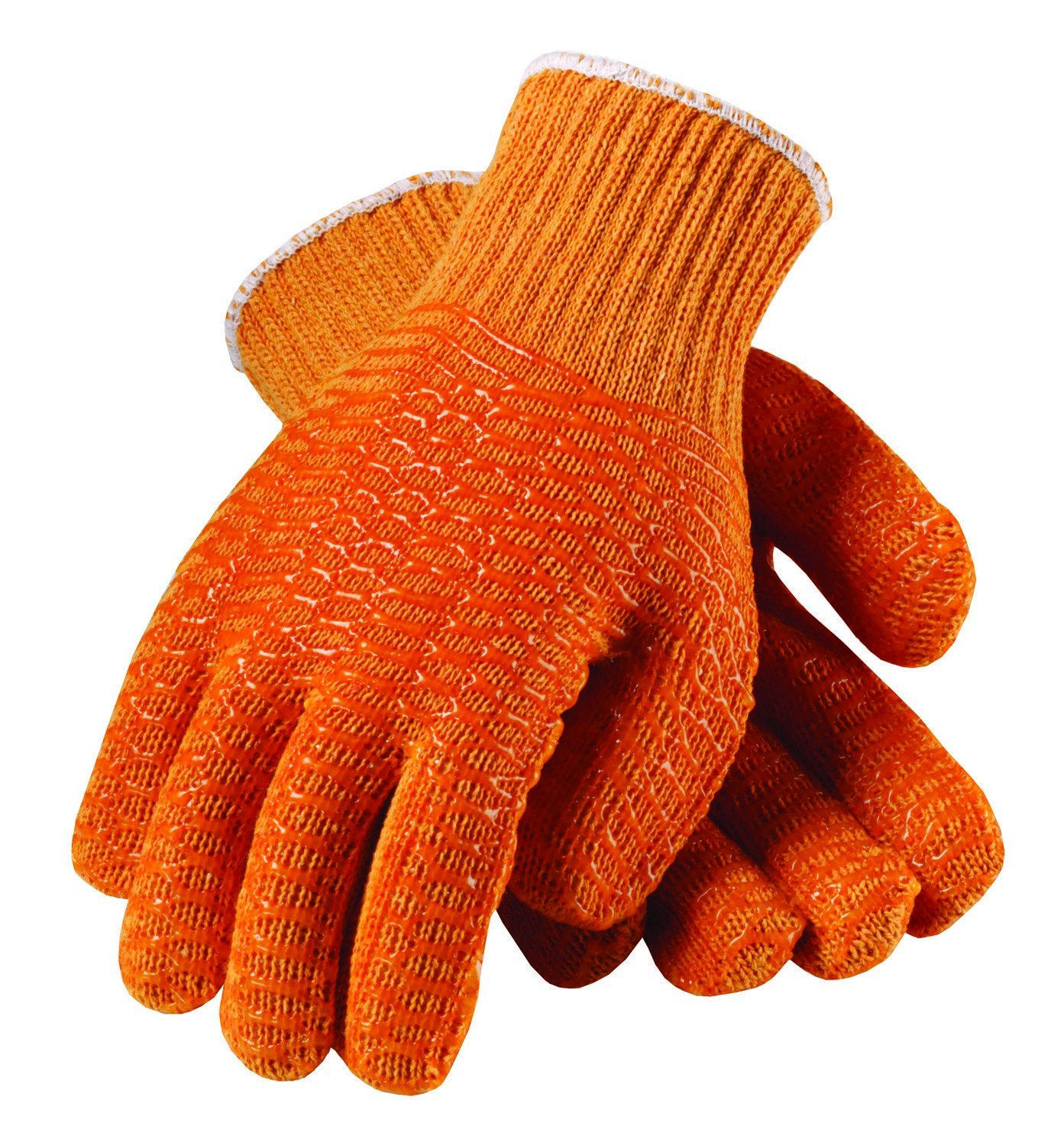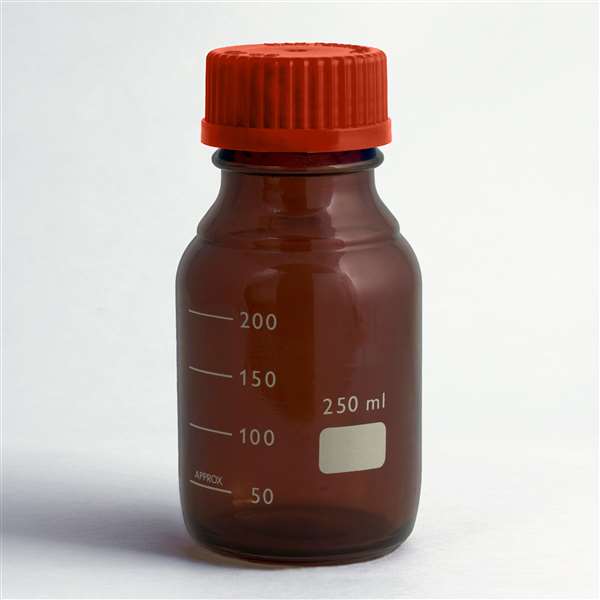Used for measuring and mixing liquids in various volumes; typically made of glass or plastic.
Conical-shaped containers that minimize evaporation and allow for easy swirling of mixtures.
Cylindrical containers for holding, mixing, or heating small quantities of liquids or solids.
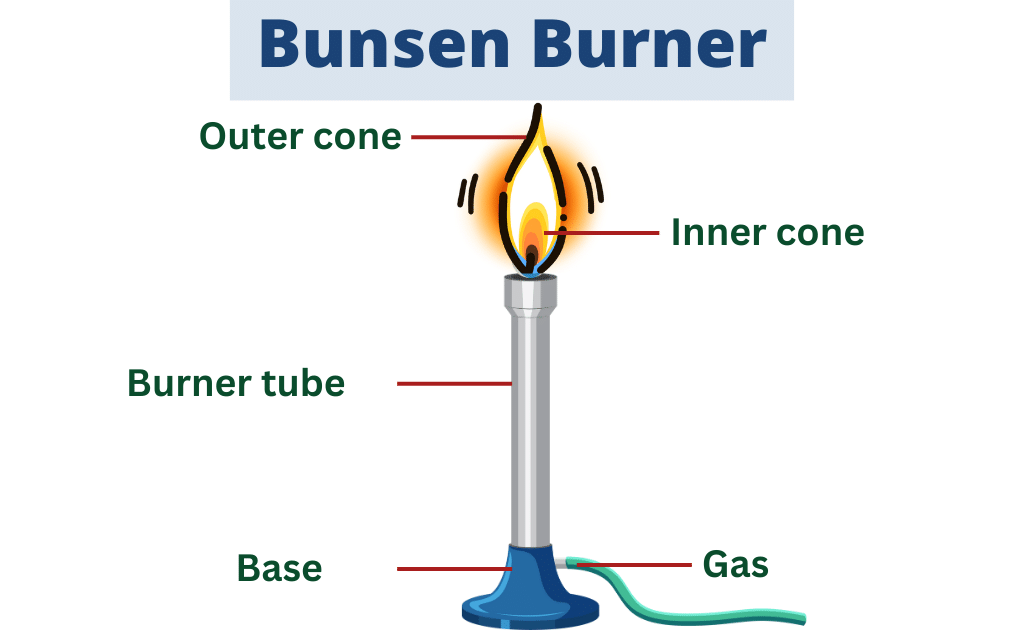
A gas flame device for heating, sterilizing instruments, and combustion; essential for many experiments.
Precise tools for measuring liquid volumes, essential for accurate experimental procedures.

Tools used for transferring measured volumes of liquids precisely; available in various styles for different needs.
Instrument for measuring temperature in different experiments, crucial for monitoring reactions.
Measures the acidity or basicity of a solution, essential for many chemical reactions.
Used to separate substances based on density through rapid spinning; important for certain experiments.
Enables examination of tiny particles and organisms; vital for biology and chemistry labs.
An electrically powered plate for heating substances safely during experiments.
Measures light absorption or transmission; crucial for quantitative analysis in chemistry.

Uses a rotating magnetic field for mixing liquids without direct contact.
High-pressure steam device used for sterilizing equipment and media effectively.
Used to separate solids from liquids; includes filter paper and funnels for efficient processes.
Tools for grinding and mixing solid substances into fine powders or pastes.
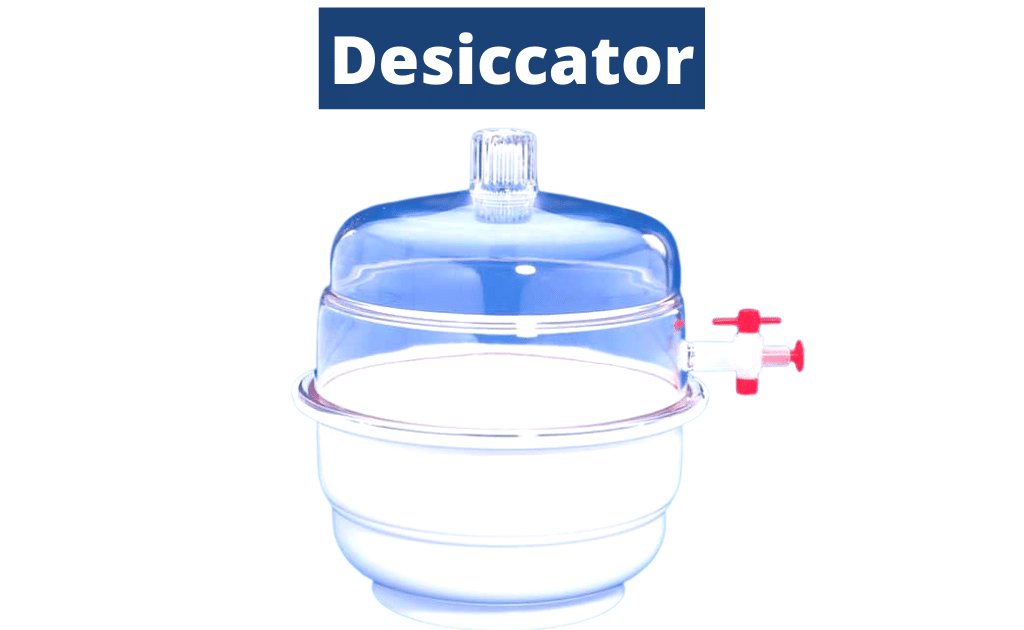
Sealed container that maintains a moisture-free environment for sensitive samples.
Flat tool for transferring and mixing solid chemicals or powders in the lab.
Supports glassware during heating, distributes heat evenly, and prevents breakage of vessels.
Essential for safely handling hot glassware and other materials in the lab.
Used for recording observations, notes, and procedural steps during experiments.
Protect the eyes against splashes and harmful chemicals in a laboratory setting.

Protective garment that safeguards clothing and skin from spills and chemicals.
Chemical-resistant gloves are necessary for hand protection when handling substances.
Containers for safely storing and labeling chemicals to prevent contamination.
Used for manually stirring solutions and ensuring homogeneity in mixtures.
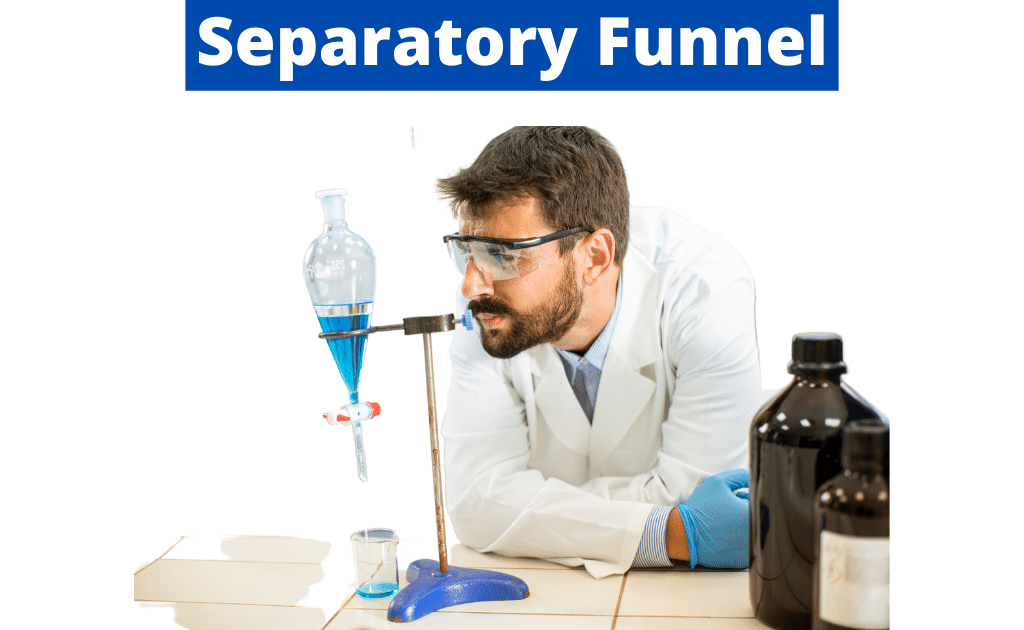
Assists in transferring liquids or fine solids into containers without spilling.
For accurate transfer of liquids; provides precision for delicate measurements.

For separating immiscible liquids in chemistry through controlled drainage.
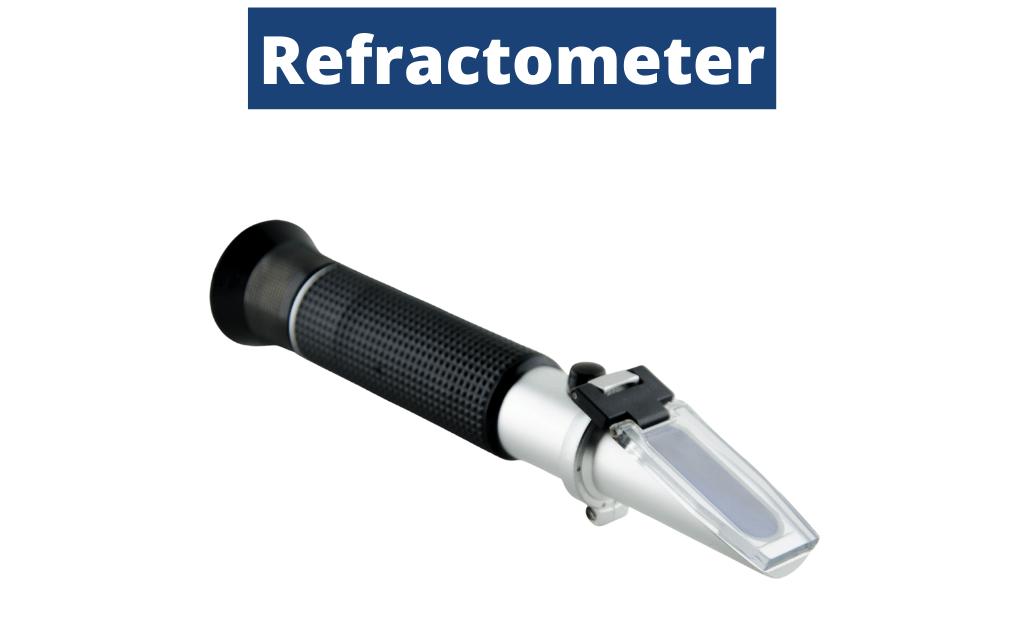
Used to measure the refractive index of substances, important in various chemical applications.
Used for separating DNA, RNA, or proteins based on size and charge in labs.
Get more accurate answers with Super Pandi, upload files, personalized discovery feed, save searches and contribute to the PandiPedia.
Let's look at alternatives:
- Modify the query.
- Start a new thread.
- Remove sources (if manually added).
